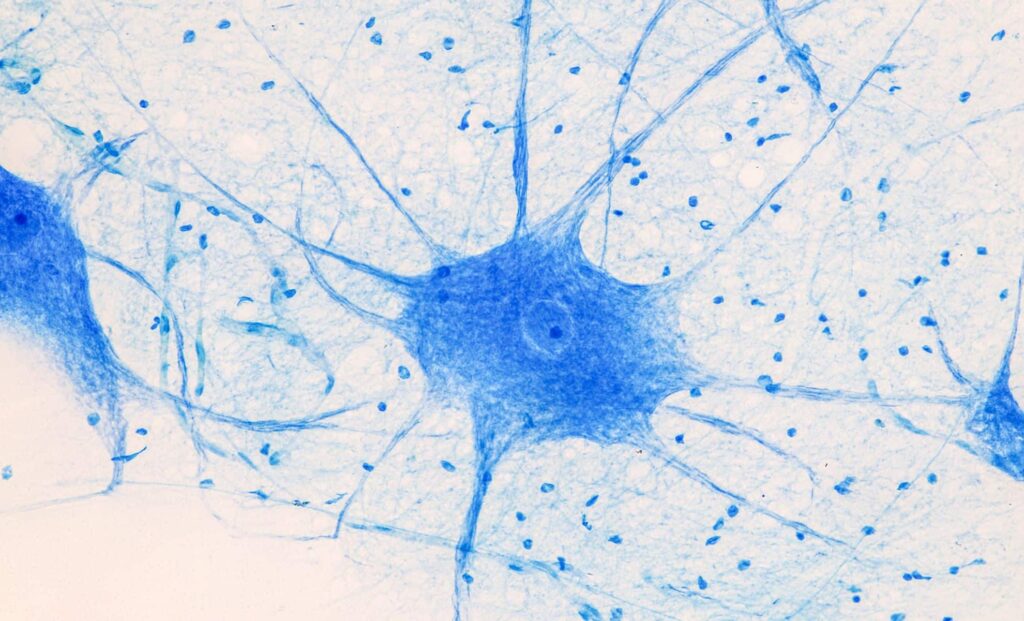A team of researchers led by Shinghua Ding at the University of Missouri has identified this previously unknown disorder, shedding light on a new facet of nerve cell metabolism. The discovery could have far-reaching implications, not only for understanding rare diseases but also for exploring new treatments for other neurological conditions.
What is MINA Syndrome?
MINA syndrome, short for Mutation in NAMPT Axonopathy, affects motor neurons, the nerve cells responsible for transmitting signals from the brain and spinal cord to muscles. The condition is caused by a mutation in the NAMPT gene, which plays a vital role in the production of NAD+, a coenzyme crucial for energy metabolism. Without functional NAMPT, cells cannot generate enough energy to maintain proper function, particularly in motor neurons, which require a high level of energy for their long nerve fibers.
This leads to a gradual breakdown of muscle strength, poor coordination, and deformities, especially in the feet. In severe cases, those affected may eventually need a wheelchair. Although the mutation is present in every cell in the body, it primarily impacts motor neurons due to their high energy demands, according to Ding’s team.

A Genetic Puzzle Unraveled
The identification of MINA syndrome comes after years of research into the role of NAMPT in nerve cell health. Ding and his collaborators first recognized the protein’s importance in neuron survival in a landmark study published in 2017, showing that a lack of NAMPT could lead to paralysis and symptoms similar to ALS (amyotrophic lateral sclerosis). The discovery of MINA syndrome builds on this earlier work, confirming that NAMPT’s dysfunction leads to motor neuron degeneration.
In 2017, a medical geneticist in Europe reached out to Ding after encountering two patients with unexplained muscle weakness. This led to further investigation, including studying patient cells and creating a mouse model to replicate the mutation. The study confirmed that the mutation in NAMPT was responsible for the disease. However, while the mice carrying the mutation did not show visible symptoms, their nerve cells displayed similar defects seen in the patients, underlining the importance of patient-specific studies in understanding complex genetic disorders.


Implications for Treatment and Future Research
Currently, there is no cure for MINA syndrome, but researchers are already exploring potential treatments. One promising avenue is boosting energy production within affected nerve cells. By targeting the underlying energy deficit, scientists hope to slow or stop the progression of the disease.
The discovery of MINA syndrome not only broadens our understanding of rare genetic disorders but also provides new insights into the role of cellular energy production in neurodegenerative diseases. According to Ding, the findings could have implications for developing therapies for ALS and other conditions where motor neurons are damaged due to energy deficiencies.
The research also highlights the power of basic scientific inquiry. Years of work in the laboratory have led to a major breakthrough, offering hope for patients suffering from rare and often misunderstood conditions. The study was published in Science Advances, underlining the potential for further breakthroughs in the field of genetic medicine.

